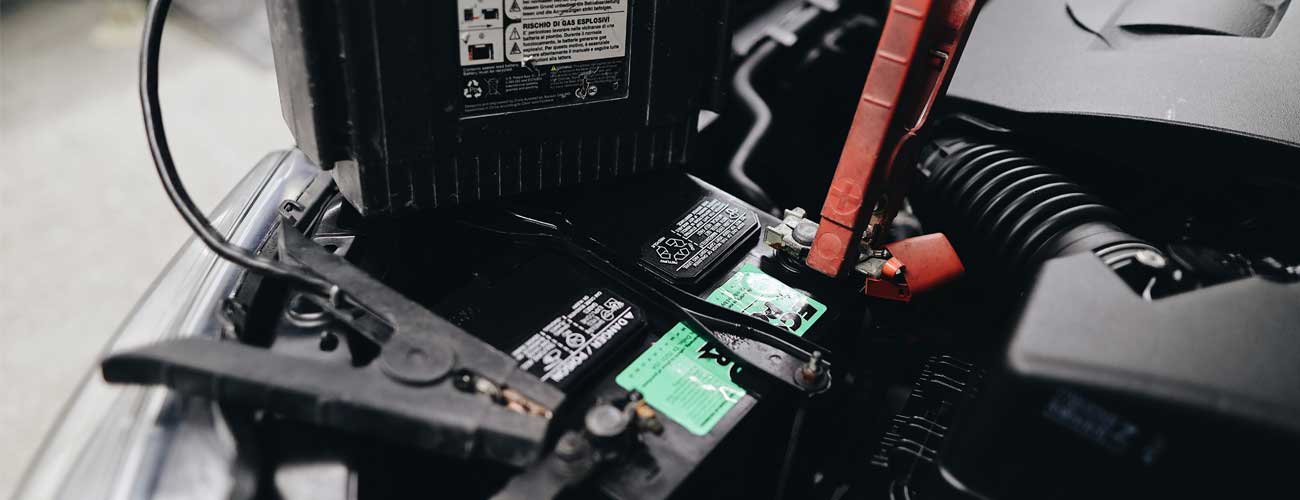This time of year can be tough for drivers in the UK, as many problems and issues with their cars can unexpectedly arise. Xcite Car Leasing have taken a look at the most common questions that Brits are searching for right now, while also providing the necessary answers.
How Much Is My Car Worth? - 51,672 searches
There are plenty of websites and services that will give you an estimated value for your car, and all you’d need to do is answer a few questions about your vehicle. There’s no obligation to sell your car to any of these services, but it can be useful to know what the current market value is. This can change depending on the circumstances, including the time of year, so regularly checking this will do no harm.
You may also be able to trade in your current car, or ‘part exchange’ it, to get money off your next car. Some dealers will offer this service, though it’s important to get an independent valuation done to make sure that you don’t get ripped off.
How To Jump Start A Car? - 15,937 searches
If you find yourself with a flat battery and need to jump-start a car yourself, it’s important to follow the right steps to keep yourself and others safe, as it can be a dangerous task. You’ll need to make sure that the battery and jump leads are not damaged, while also keeping any metal objects or dangling clothing out of the way.
If you’re ready to try it yourself, and it’s safe, follow these steps:
- Find someone who can help you, and has a car with a fully charged battery that’s the same voltage as yours.
- Line up the cars so that the batteries are within reach of each other while making sure the handbrakes are on and the ignitions are off.
- Connect the red jump lead from the other car’s positive (+) battery terminal to the flat battery’s positive (+) terminal.
- Connect the black jump lead from the negative (-) terming from the other car to an earthing point (unpainted metal on the engine block or chassis) that’s well away from the flat battery and fuel system.
- Wait for 3 minutes, then start the other car’s engine and let it run for 1 minute.
- Start your car.
- Let both cars run for around 10 minutes.
- Turn both cars’ engines off and disconnect the leads carefully in reverse order, starting with the black lead from your car, and ending with the red lead from the other car. Do not allow the leads to touch each other or the cars.
- Restart your car.
- If it’s still not starting, you’ll need to call for help from the professionals.

How Much Is Road Tax? - 6,151 searches
The price of road tax is always changing (in April every year, to be exact), and varies depending on a certain number of factors, such as CO2 emissions, and the year the car was registered. The current standard rate of road tax for cars after year one is £155. If your car was registered after 1 April 2017, your first-year rate for the 2021-22 tax year are as follows:
|
CO2 Emissions | First Year Rate |
0g/km | £0 |
1 to 50g/km | £10 |
51 to 75g/km | £25 |
76 to 90g/km | £115 |
91 to 100g/km | £140 |
101 to 110g/km | £160 |
111 to 130g/km | £180 |
131 to 150g/km | £220 |
151 to 170g/km | £555 |
171 to 190g/km | £895 |
191 to 225g/km | £1335 |
226 to 255g/km | £1895 |
Over 255g/km | £2245 |
What Oil Does My Car Need? - 5,973 searches
The easiest way to know what type of oil your car needs is to use an online oil checker, which can be found on several websites. All you’ll need to do is to choose your make and model and they’ll recommend which oil is best for your car.
Your car’s manual should also provide you with a recommended viscosity rating.

How Much Does It Cost To Charge An Electric Car? - 4,899 searches
How much it costs to charge an EV will depend on the make and model, and whether you are charging it at home, at work or a public charging point. As an example, with a standard electric car with a 60KWh battery and 200-mile range, it will cost around the following:
- At Home: £9.20 for a full charge
- At Service Stations: rapid charging points often cost around £6.50 for a 30-minute charge
- At a Public Charging Point: some are free, while others can charge 12p per KWh (fast charging), 15p per KWh (rapid charging) and 27p per KWh (ultra-fast charging)

Is It Illegal To Drive Barefoot? - 3,473 searches
It’s not technically illegal to drive barefoot, but it’s certainly not advisable to do so as you won’t have as much braking force as if you were wearing appropriate footwear, which could be a safety risk. You could also get a £100 fine for careless driving if you don’t wear appropriate clothing, or if you are restricted in any way.
Read our full article on this here!
What Should My Tyre Pressure Be? - 3,268 searches
Checking your tyre pressure is needed all year around, and you should be looking to check at least once a month or before any long journeys. The PSI (Pounds per Square Inch) of your tyre pressure should vary from car to car, with each manufacturer stating the correct pressures for each make and model, which should be stated in your vehicle’s handbook.
How Long Does A Car Battery Last? - 3,059 searches
In general terms, a car battery will last between 3 and 5 years, however, there is a multitude of factors that will affect its lifespan. These include miles on the clock, temperature extremes, any long periods of inactivity, and even the number of electronic devices in your car. These can all add extra strain to your car battery and can reduce its lifespan.
Is Antifreeze Coolant? - 2,943 searches
Antifreeze and coolant are very similar but not the same, though both are useful in the winter. Essentially, Antifreeze is a concentrated, glycol-based liquid that needs to be diluted with water before use, at that point it is considered to be coolant. You do have the option of purchasing pre-mixed engine coolant, which is a ready-to-use solution of antifreeze and water.
How To Check Tyre Pressure? - 1,270 searches
Tyre pressure can be checked using a tyre pressure gauge or at a local petrol station or garage. If you’re using a tyre pressure gauge, you can use the following steps:
- Check your car’s manufacturer handbook to see what the recommended tyre pressure is for your particular make and model.
- Remove the valve cap and insert the tyre pressure gauge.
- If your tyres are over-inflated, you can let some air out.
- If your tyres are under-inflated, you can use an air compressor to refill them until the correct PSI amount is shown on the gauge.










Leave a Comment